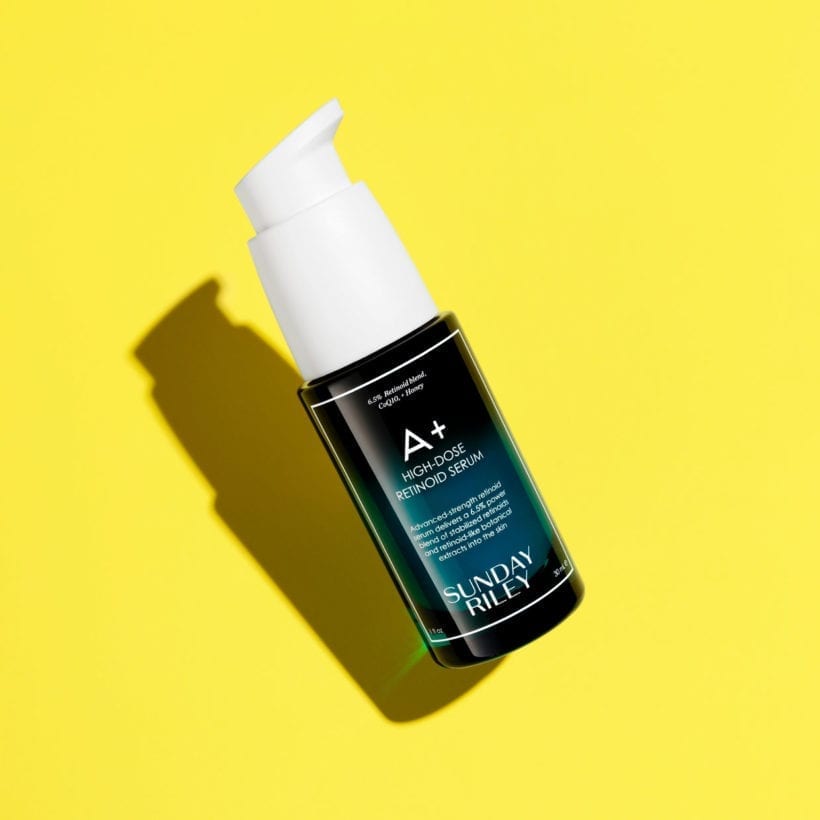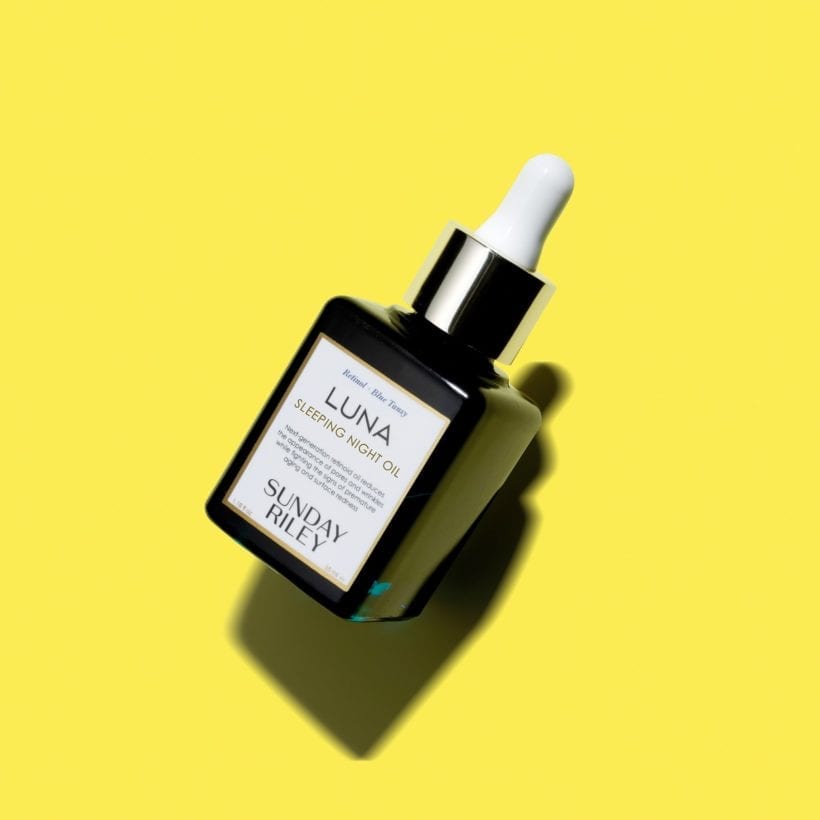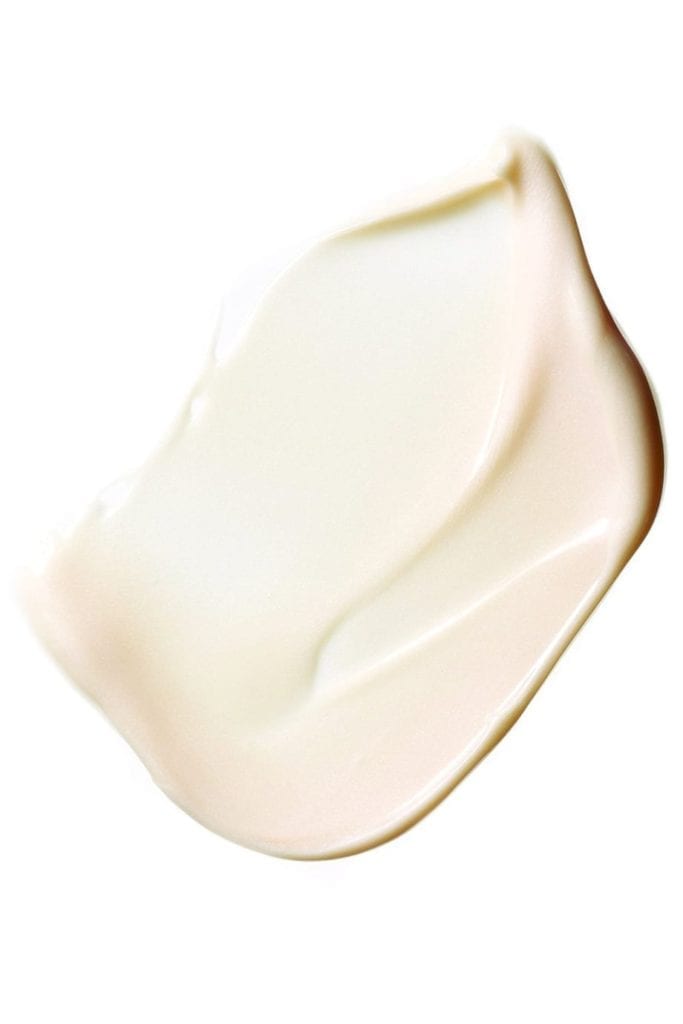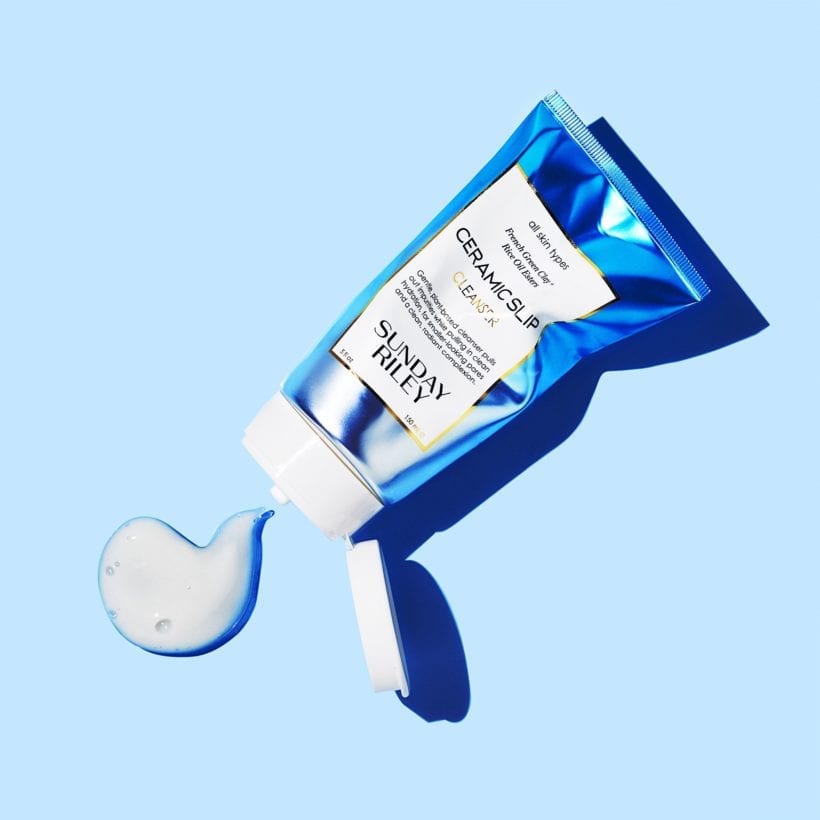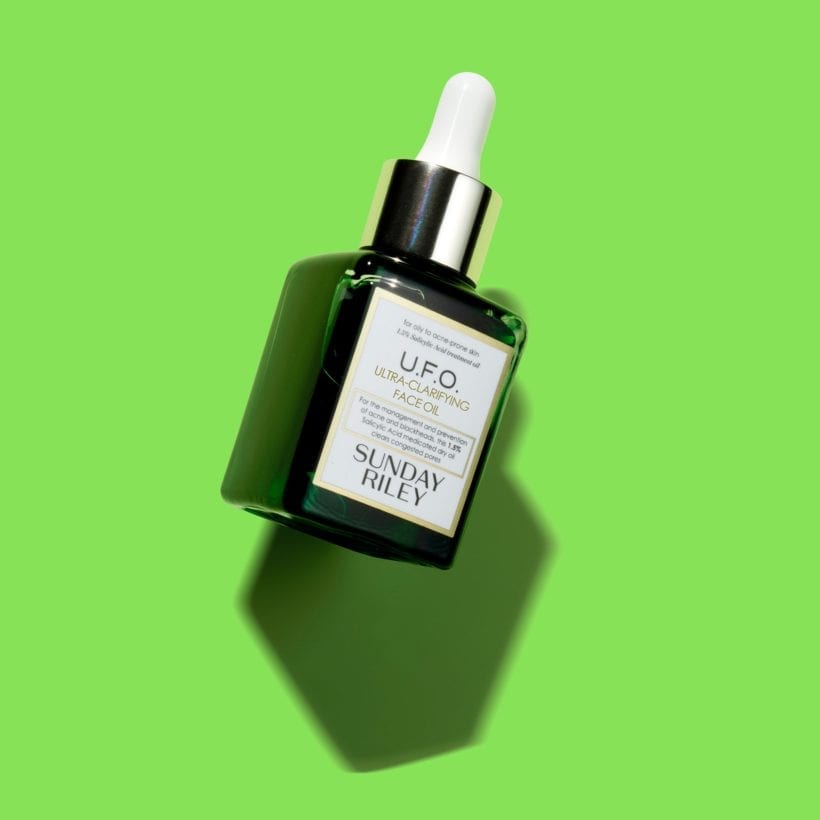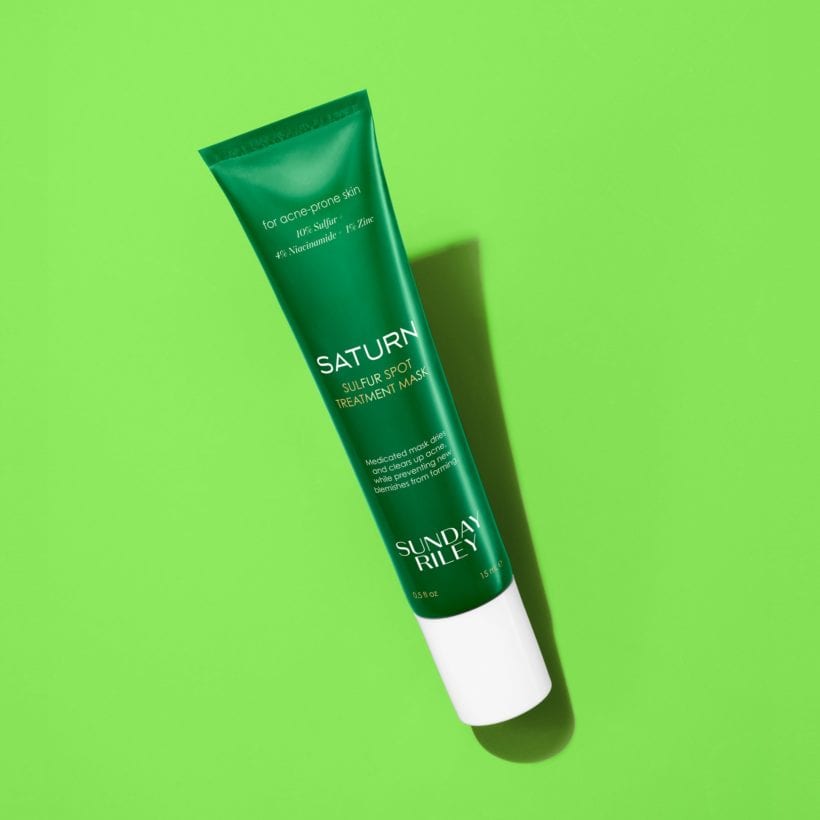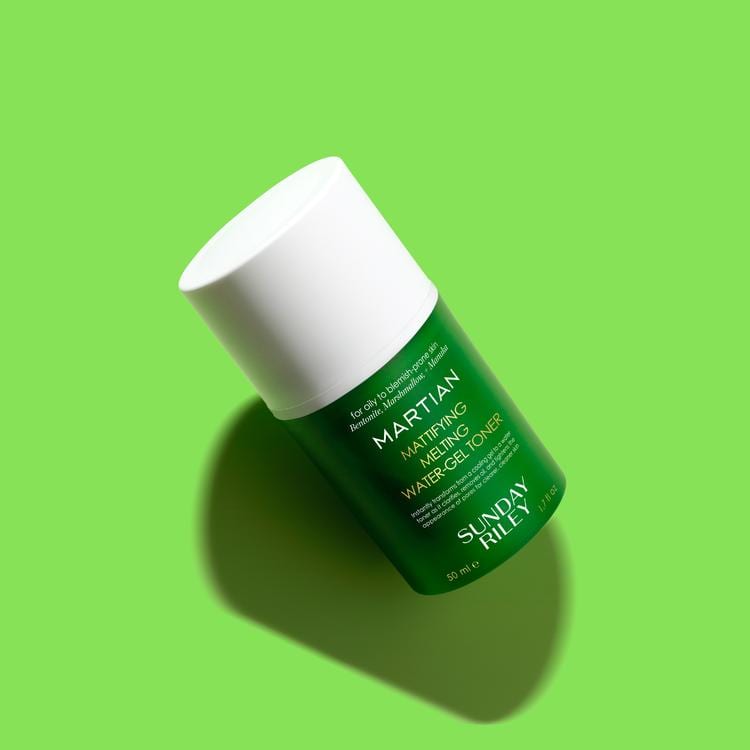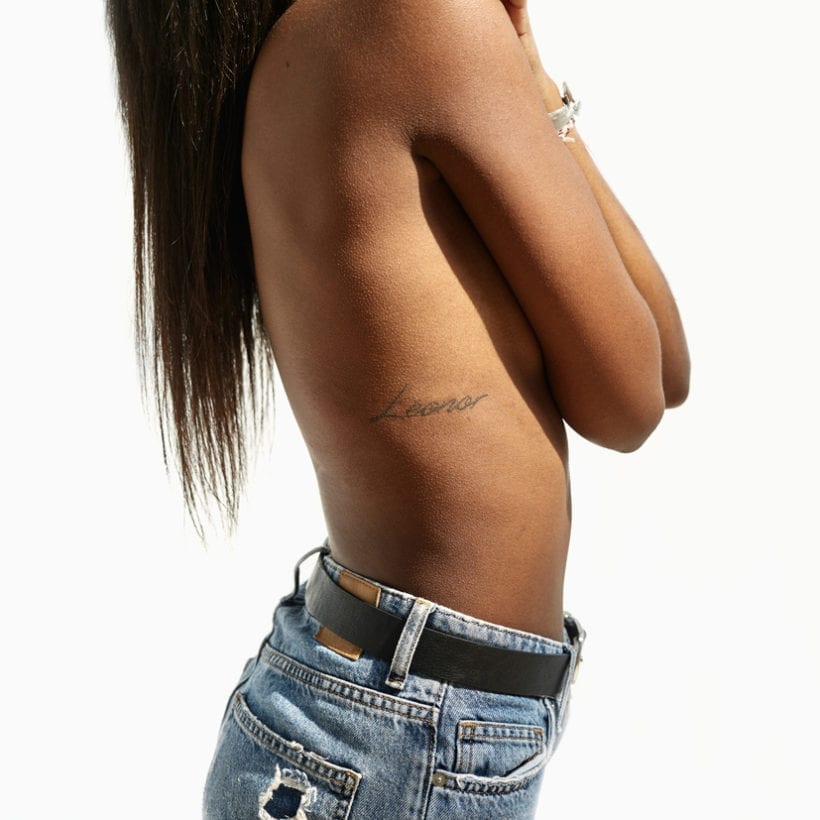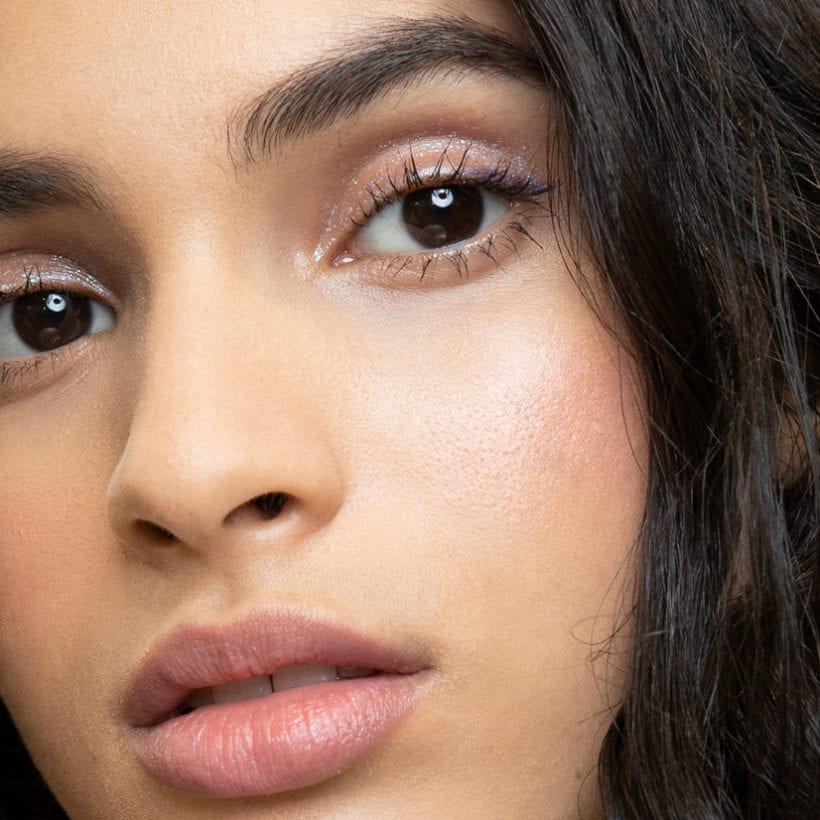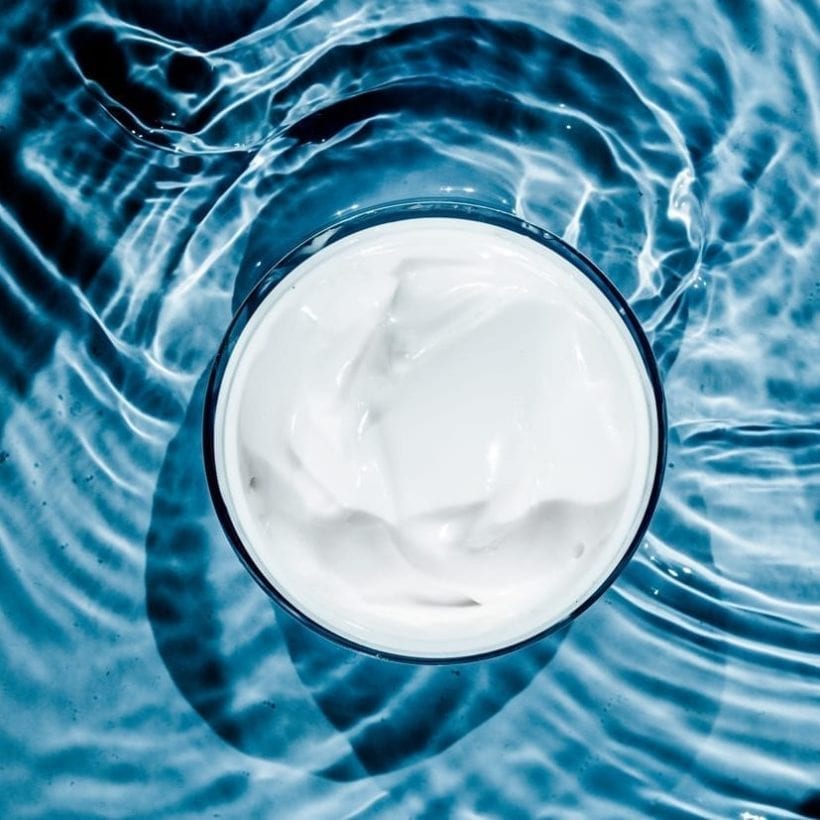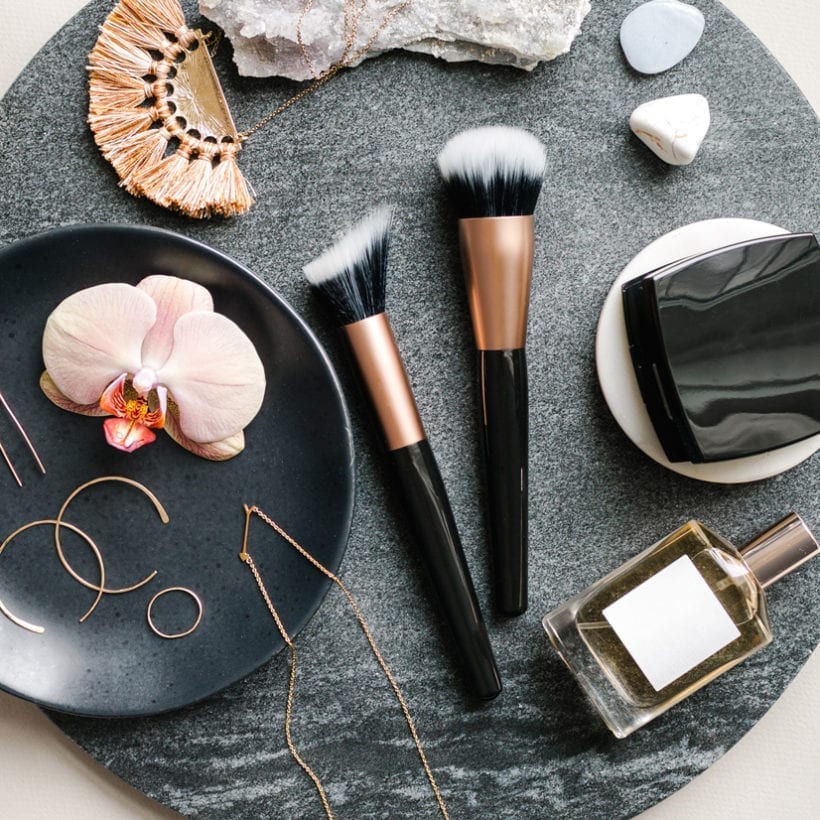Aging gracefully may be on trend, but knowing what to expect as your skin matures makes the acceptance process that much easier. And even though we start to lose collagen in our early 20s, your age may first start to show once you reach your 30s.
As a double board-certified cosmetic dermatologist, Elizabeth Bahar Houshmand, M.D. explains, in our early 30s, our skin starts to lose its elasticity because of the loss of elastin and collagen. You may also experience brown spots or hyperpigmentation. And as you inch closer to your late 30s, Houshmand says you will start to lose your subcutaneous fat, which will start to show under your eyes, around your nose and across your temples.
So if you are curious about how your skin will transform throughout your 30s, dermatologists make their best predictions for every year — from 30 to 39. Though everyone experiences aging differently, this blueprint may help you navigate your skincare regime and conquer negative habits.
Age 30
What you might notice: A few fine lines here and there
What you should do: Take vitamins.
Chances are high you will not see much change between 29 and 30. Especially if you regularly moisturize and cleanse your pores. The only shift you might notice is in the skin’s texture, says New York-based dermatologist Kavita Mariwalla, M.D., F.A.A.D. Since the amount of hyaluronic acid our bodies produce will start to slow down, it could make your skin drier than normal and could cause a few lines here and there.
She says this is a great time to explore both topical and digestible vitamins for eye health — think vitamins A, E and C — and to introduce a growth factor cream into your routine. These feature active ingredients that contribute to skin rejuvenation and help your cells create more collagen and elastin, replacing some of that hyaluronic acid you are starting to lose.
Age 31
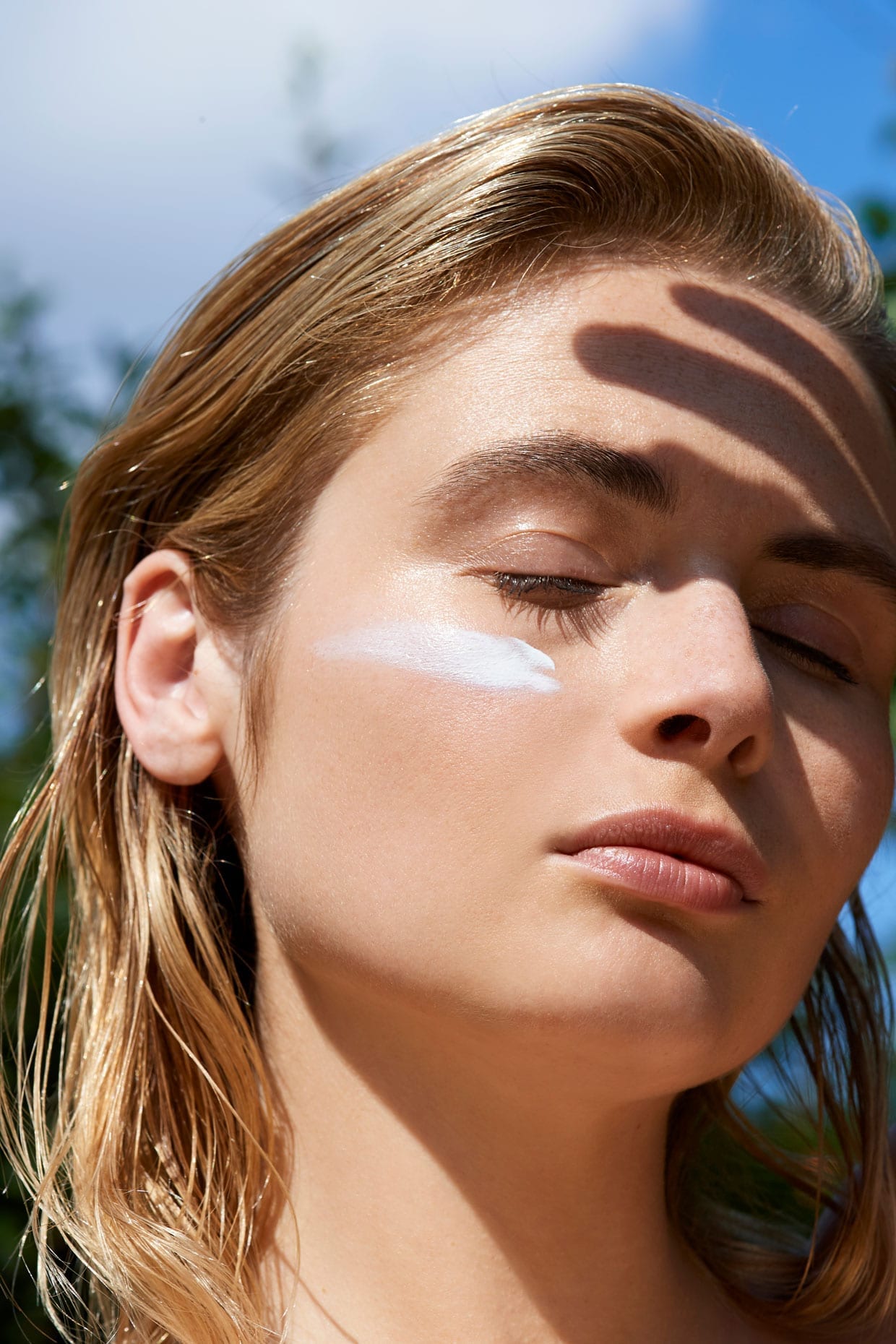
What you might notice: Skin not recovering how it used to
What you should do: Wear more sunscreen — and use retinol.
Remember when you used to easily go out for three cocktails and wake up jazzed for work the next day? Now that you are 31, your body and mind might not bounce back as easily as they used to. Mariwalla says the same is true for your skin. This means sunburns could take longer to recover from since your skin is drier and you will actually feel your skin become drier or tighter if you forget moisturizer a few days in a row. If you had any bad habits in your 20s — like forgoing sunscreen or smoking — she also says you could start to see the first signs of brown spots and the widening of your pores.
She recommends being even more diligent about sunscreen, no matter the season. You can use an SPF moisturizer under your makeup daily that will quench your pores while protecting you from harmful UV rays, as well. Also, if you have not started to use a retinol cream, now is the time. These are topical vitamin A-based drugs that use retinoids, which have been proven to reduce fine lines and wrinkles and supercharge the production of collagen. They also stimulate the production of blood vessels in the skin, giving you a nice, vibrant complexion, since they work as antioxidants.
Age 32
What you might notice: Hormonal shifts
What you should do: Adopt a skincare routine.
Though this is a personal decision for all people and couples, Mariwalla says many of her patients start the process of having children around 32. This means you could be coming off birth control pills in an effort to get pregnant, and your skin may retaliate in return. Because these family-planning prescriptions maintain your hormonal levels, going off of them sends your body into overdrive, and could cause adult female acne, she explains.
To offset the breakouts, she suggests finding a solid antioxidant cream in the morning, while continuing your anti-aging regimen at night. These vitamin-rich creams fight inflammation, firm your skin and repair sun damage. You should also consider shifting your diet away from dishes that can increase your likelihood of acne — like dairy or processed foods.
Age 33
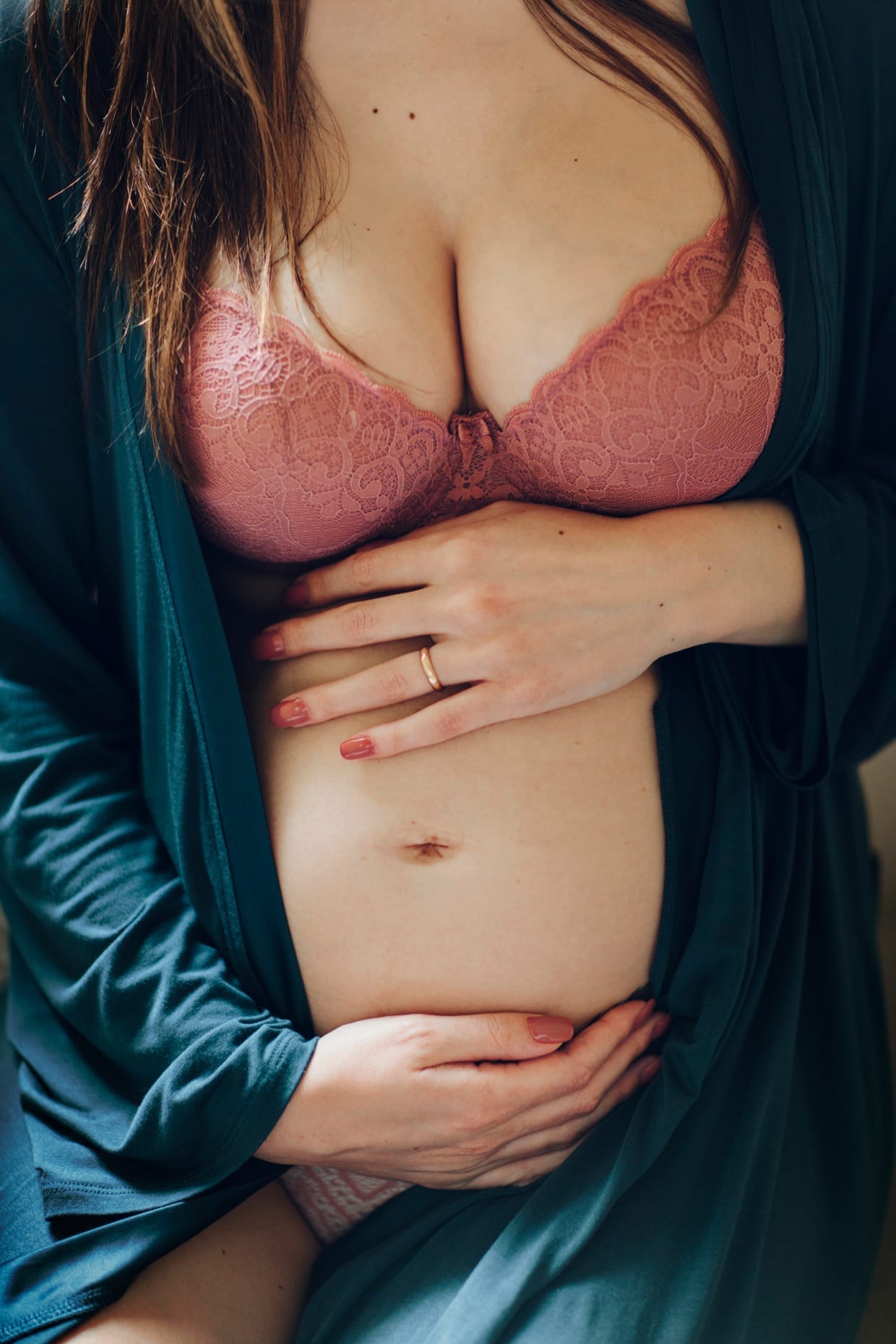
What you might notice: A heightened interest in ingredients, if you are expecting
What you should do: Find pregnancy-friendly products.
When you reach 33, you may be exploring a whole new foreign world of pregnancy. It is an exciting experience to carry a child but also one that changes everything — including your skin. As a result, women are hyperconscious about ingredients within their beauty products, since some are not safe for fetuses. “We often tell patients to use minimal amounts of ingredients so we avoid things like salicylic acid or benzoyl peroxide and we stop using retinol,” she explains.
Since you can’t maintain those anti-aging products since they could be harmful for your baby-to-be, Mariwalla suggests using the year as a time to get into the habit of using a daily moisturizer on your legs and arms because they can start showing signs of dryness and crepiness. To avoid stretch marks, she says you should moisturize with a hydrating lotion or oil either in the shower or immediately afterward for the best results.
Age 34
What you might notice: Dark circles
What you should do: Prioritize sleep and use an eye cream.
As Mariwalla explains, in her practice, 34 tends to be the median age where women really start to see the signs of aging, regardless of their ethnic background. Many factors, like stress and work, could be to blame. “You may start to notice fine lines under the eyes or even worsening of dark circles. At this point, most people are out of school and are in the workplace full-time. When that happens, they have increased exposure is to pollutants and also to blue light admitted from computer sources. This can lead to aging around the eyes,” she explains.
Mariwalla suggests using a screen filter to filter out the blue light from your phone or computer and to prioritize healthy sleeping habits. “Powering down all electronic devices before bed and avoiding using your iPhone or watching videos or clips on your iPhone an hour before bedtime,” she suggests. Now is also an ideal year to start using an eye cream at night.
Age 35
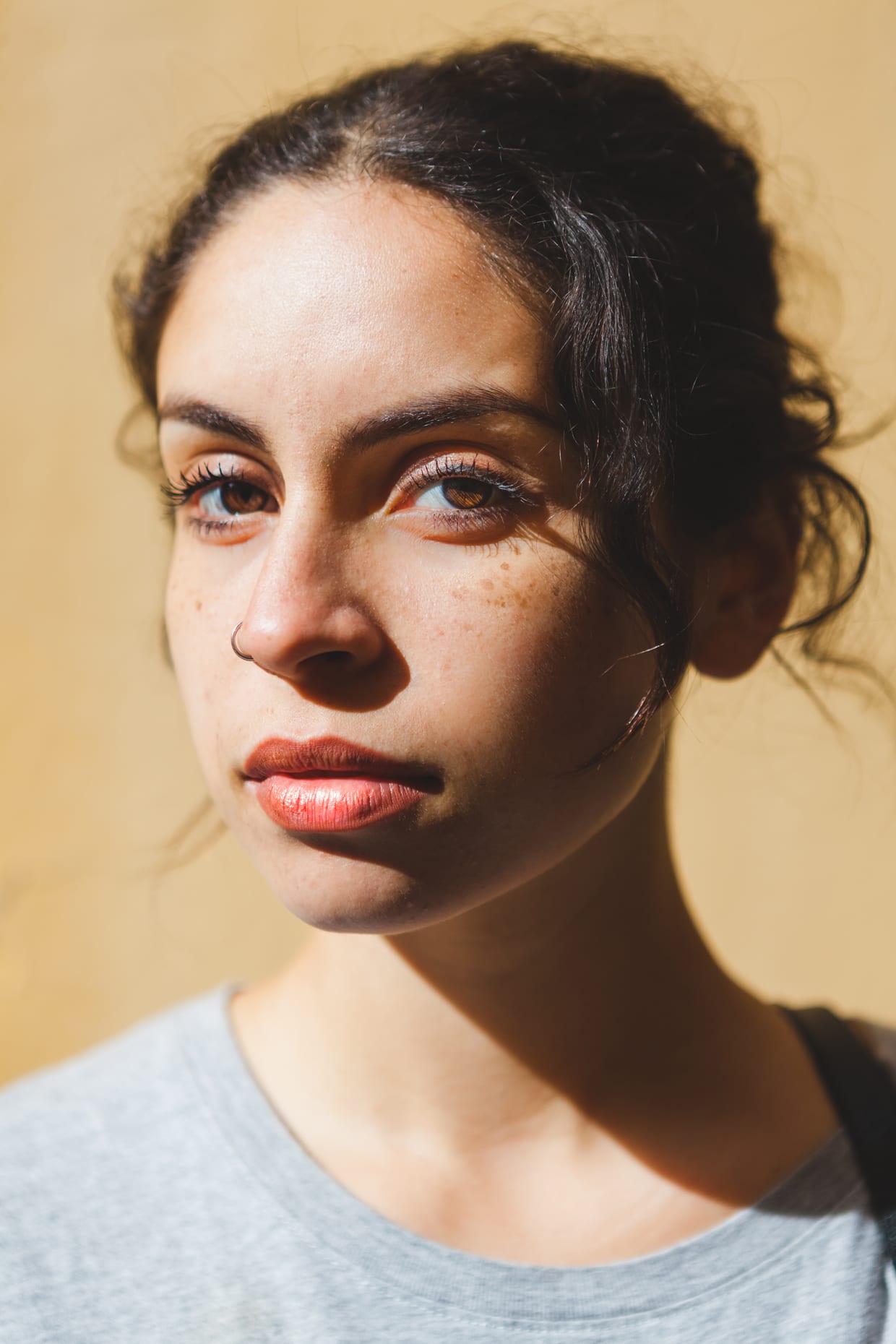
What you might notice: More brown spots
What you should do: Invest in quality sunscreen and consider injections.
Poor sunscreen habits may come back to haunt you around the age of 35, according to Toronto-based dermatologist and author Dr. Sandy Skotnicki. On your face and throughout any part of your body that was overly exposed to sun, you may start to see brown spots that do not disappear with your summer tan.
In addition to booking a regular skin check to ensure these areas are cancer-free, Skotnicki says to invest in a dermatologist-recommended sunscreen. Considering an estimated 9,950 people are diagnosed with skin cancer daily, this can’t be a step you miss. And if you are starting to see heavier lines and wrinkles, talk to your doctor about injectables like Botox, which can eliminate their appearance in a natural way.
Age 36
What you might notice: Adult acne
What you should do: Get more sleep, eat well and wash your face.
While it would make sense for acne to bid farewell with adolescence, the hard truth is that many people will continue to break out — even deep into their 30s. Skotnicki says some people will still have a zit here and there and even experience acne rosacea, which looks like mini bumps and red areas in your mid-face region.
In addition to reaping the benefits of eight hours of sleep, Skotnicki says it is always essential to wash your face and follow your skincare routine even if you are busy. To set yourself up for even more success, she also recommends maintaining regular exercise and a nutritious lifestyle, as these habits will also contribute to prolonged skin youth, too.
Age 37
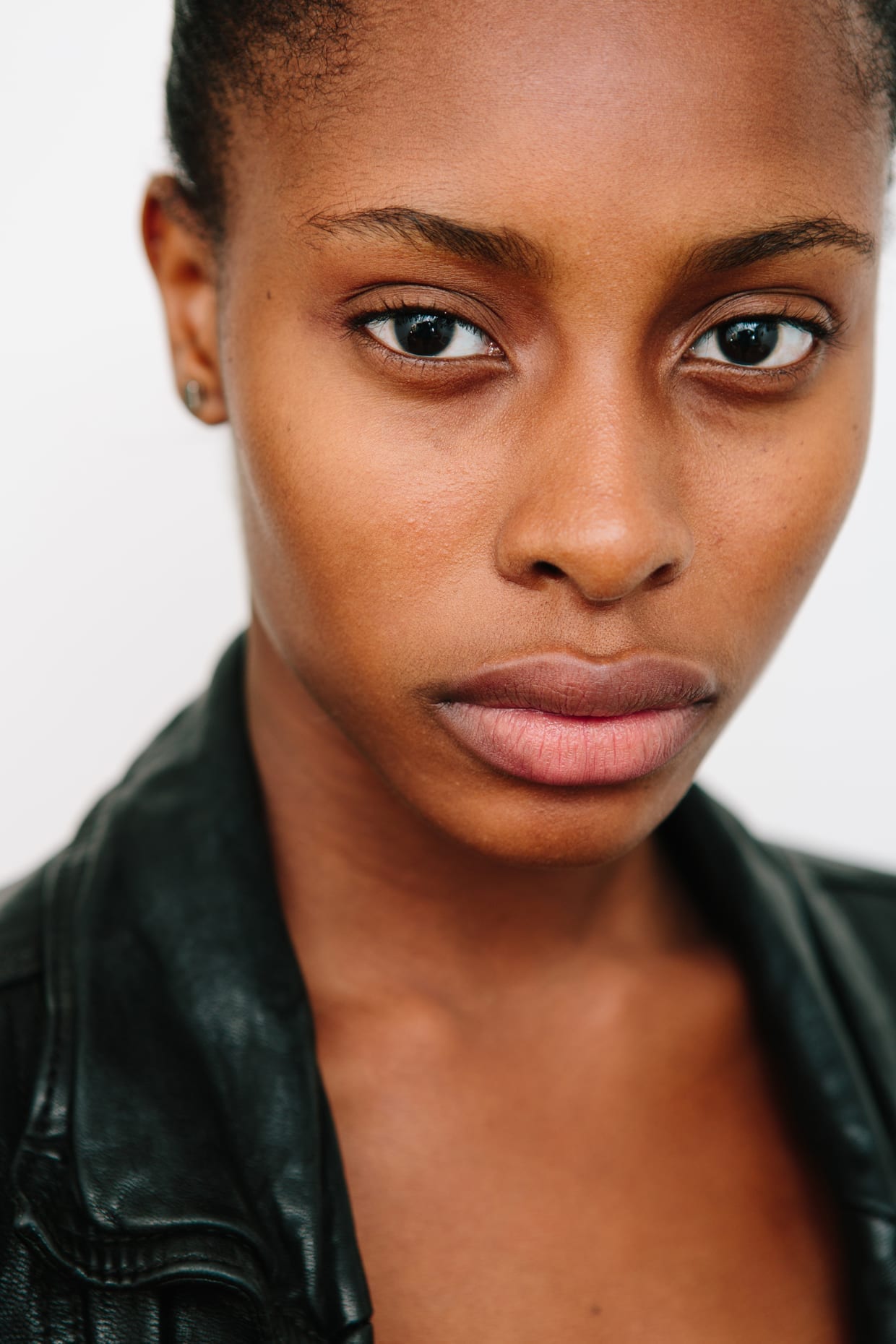
What you might notice: Marionette lines or melasma
What you should do: Try chemical peels.
Marionette lines are long vertical lines on either side of your chin, and are very common, according to Mariwalla. They happen because our skin naturally loses moisture with age, causing some areas to sag. If you spent a lot of time in the sun or smoked for many years, they could appear even more prominent.
Mariwalla says melasma starts to show up around 37, too. These are brown-gray patches that gather around your forehead, chin, nose or cheeks. Though you can’t prevent either of these from happening, you can diminish their intensity by exploring chemical peels with your dermatologist. She also suggests using a nightly peptide-based cream — the vitamin-rich moisturizer rejuvenates your skin and helps restore collagen.
Age 38
What you might notice: Your hair is more brittle.
What you should do: Try supplements.
It is not just your skin that ages — your hair is also adding on the years and may start to lose some of the body, vibrancy and bounce it once had in your 20s. Though normal, it can be frustrating. From a biological perspective, Mariwalla says our innate hyaluronic acid levels are quite low, and our hormones are starting to shift, which could cause your hair to be thinner or more brittle.
You can give some love to your locks by taking a collagen supplement to help fight damage to the hair follicles by free radicals caused by collagen depletion and investing in a quality shampoo that promotes moisture and shine. Look for ingredients like vitamin E and coconut oil as a place to start.
Age 39
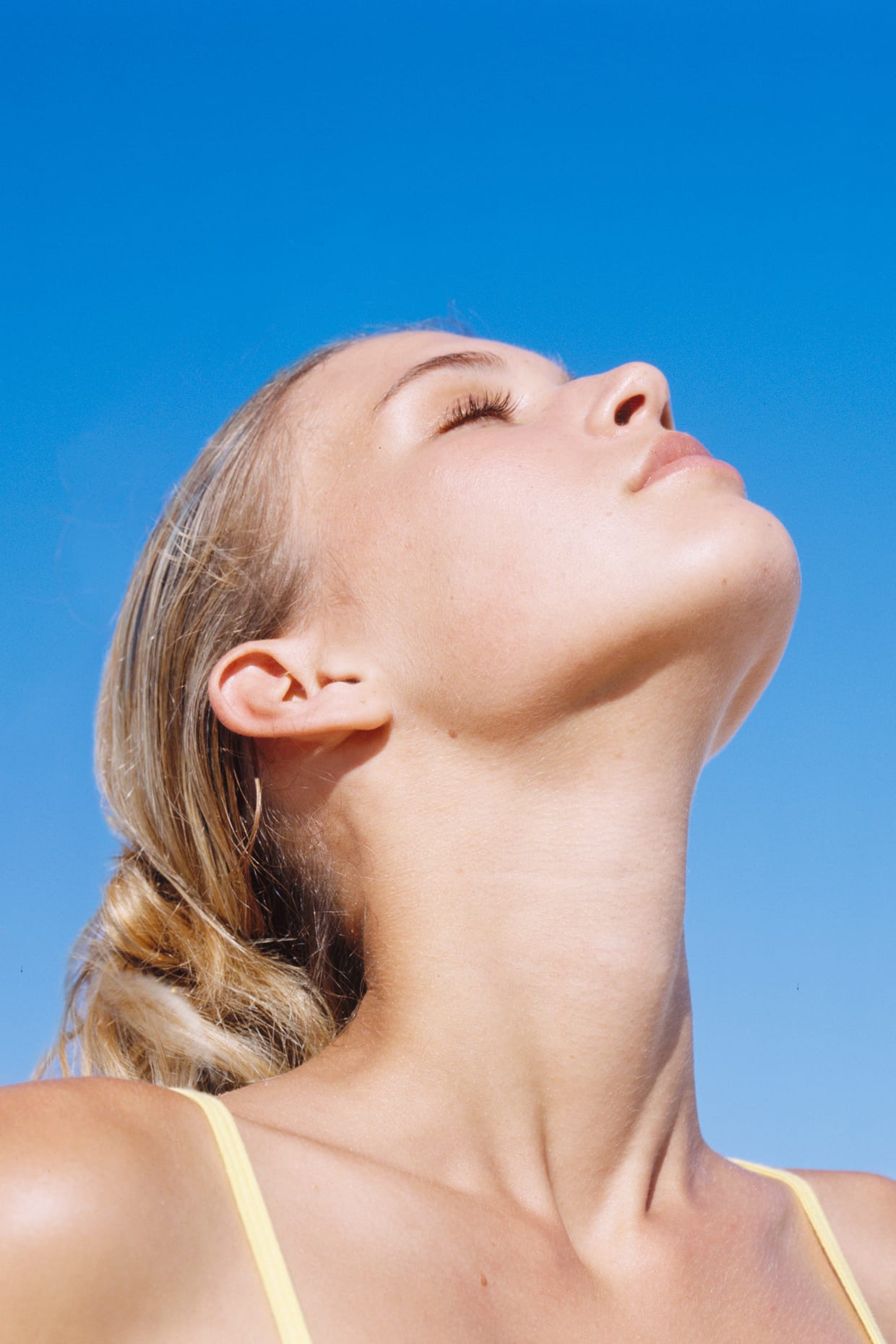
What you might notice: Loss of skin tone around your jaw, neck and eyelids
What you should do: Skin tightening devices
Skotnicki says 39-year-olds will see the loss of skin tone around their jaw, neck and eyelids, as well as continued wrinkles and pigmentation. As you think about your 40s, she suggests talking to your dermatologist about skin-tightening treatments like Ultherapy. And to truly invest in a routine that includes all of the products you gradually weaved in throughout the years, including sunscreen, antioxidants, eye creams and retinol.

